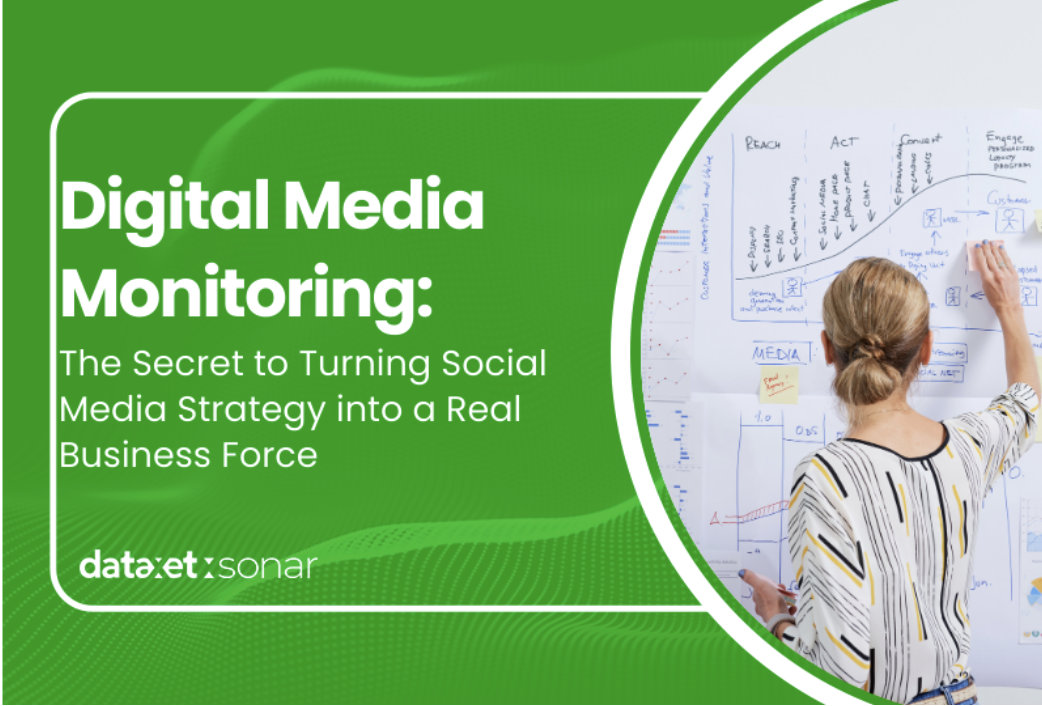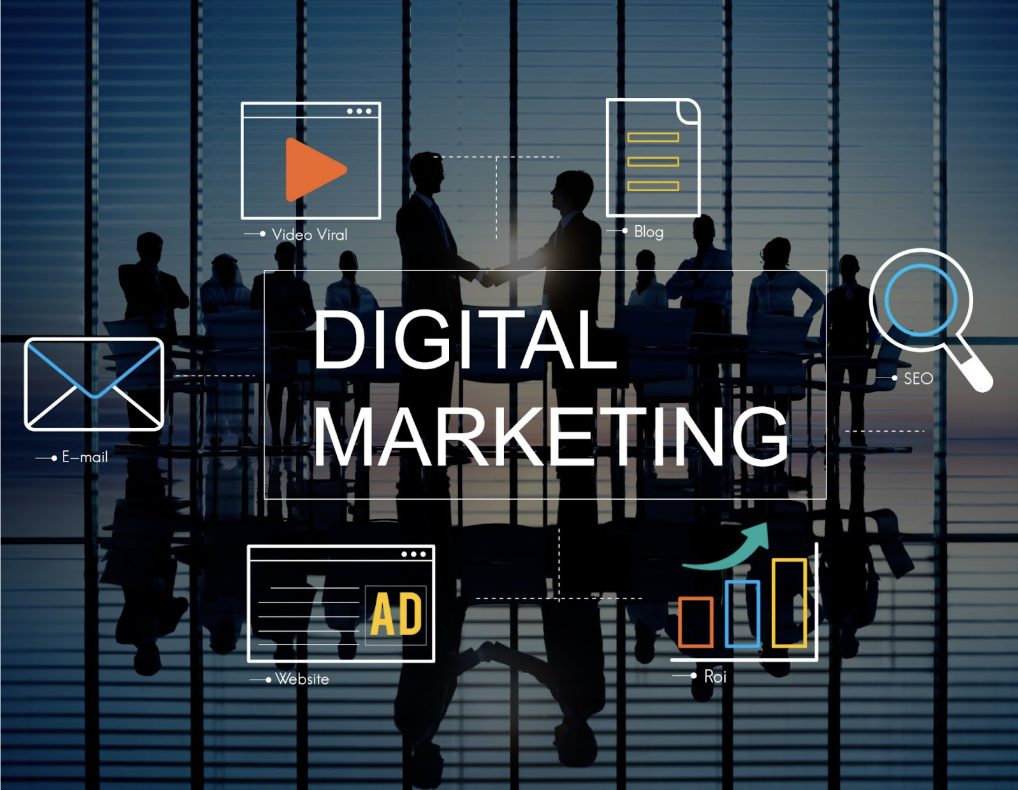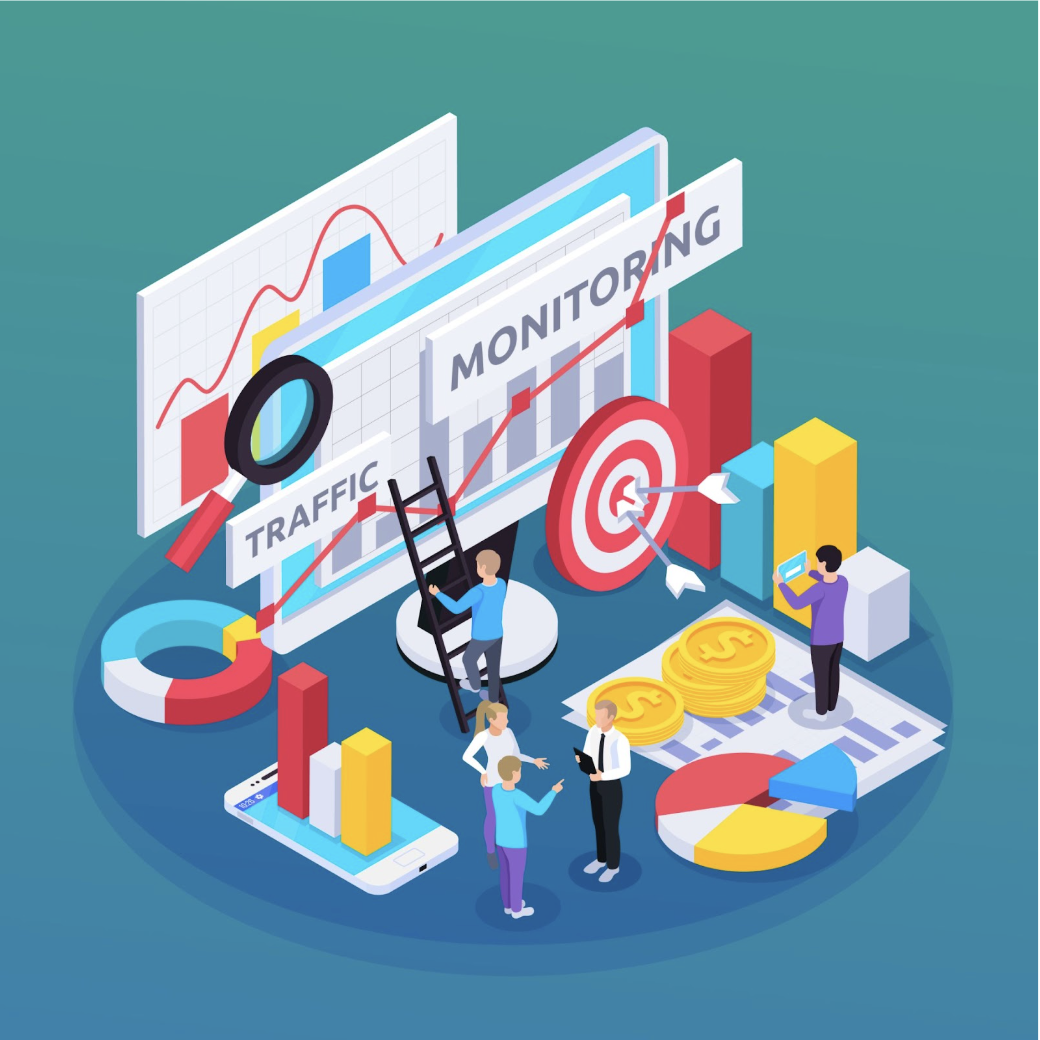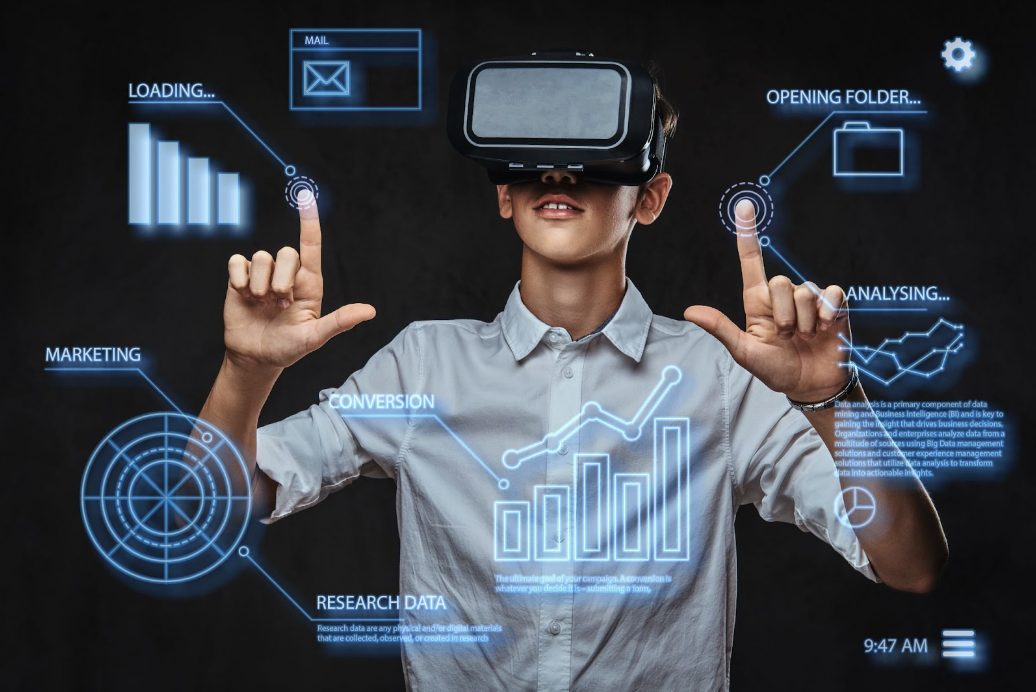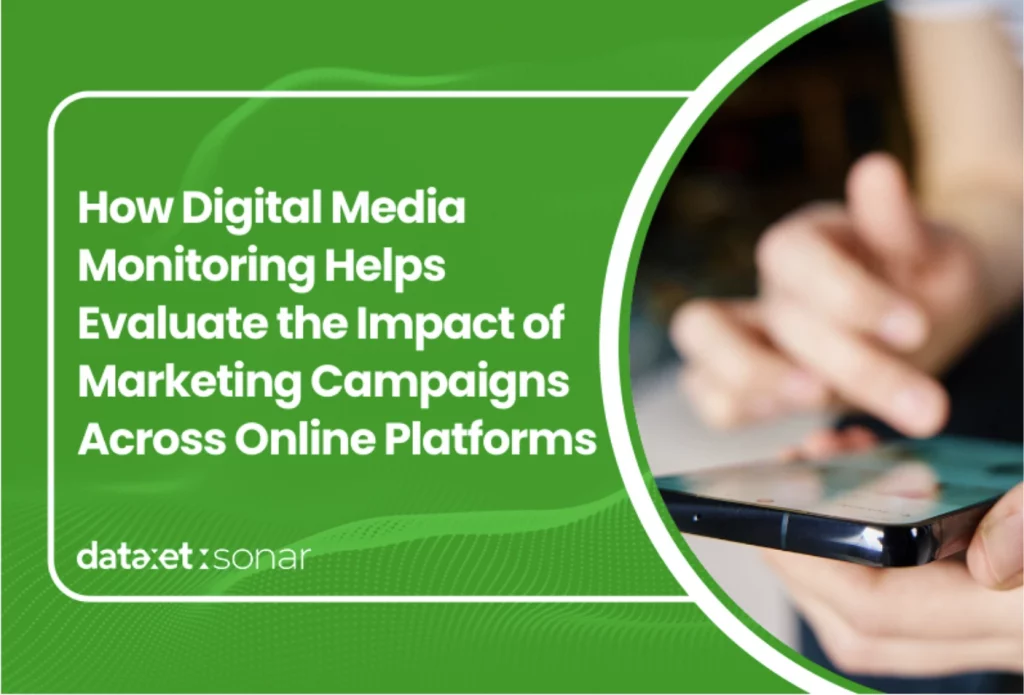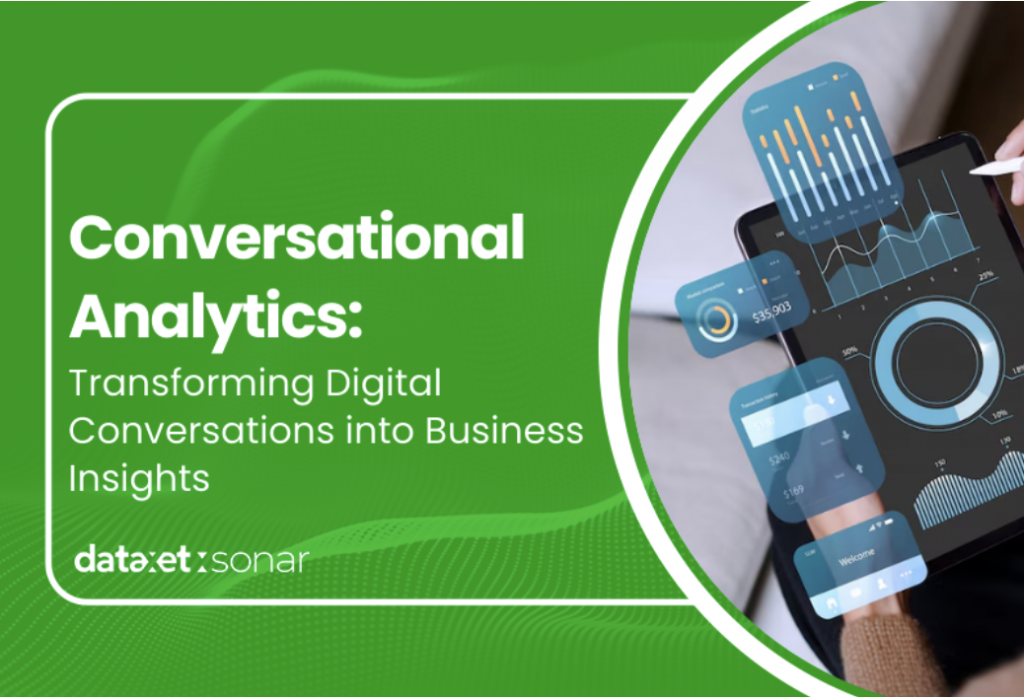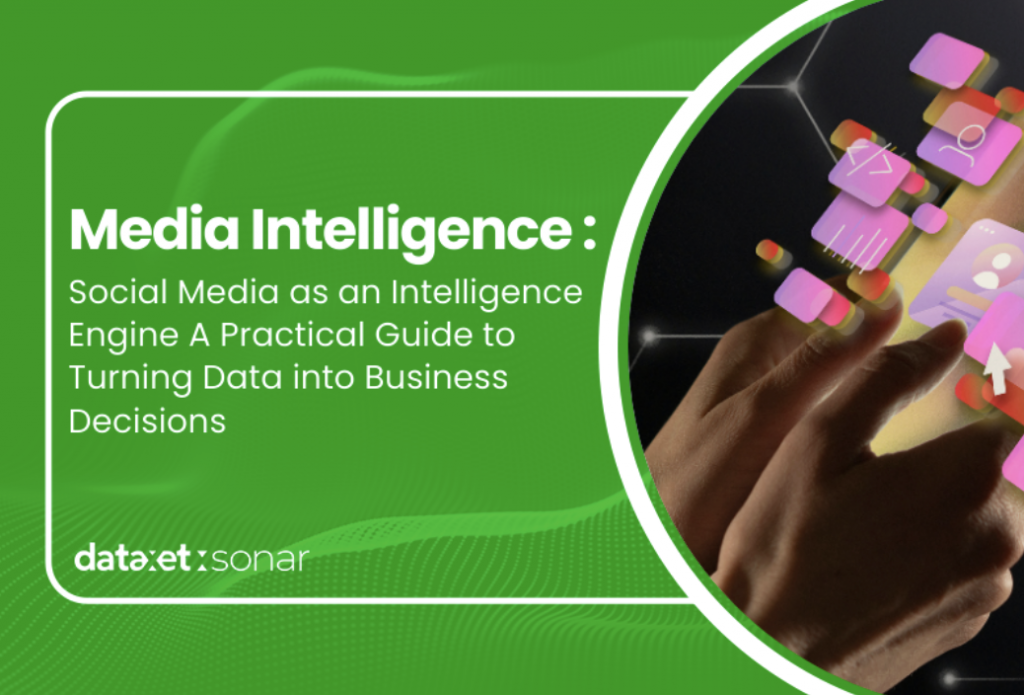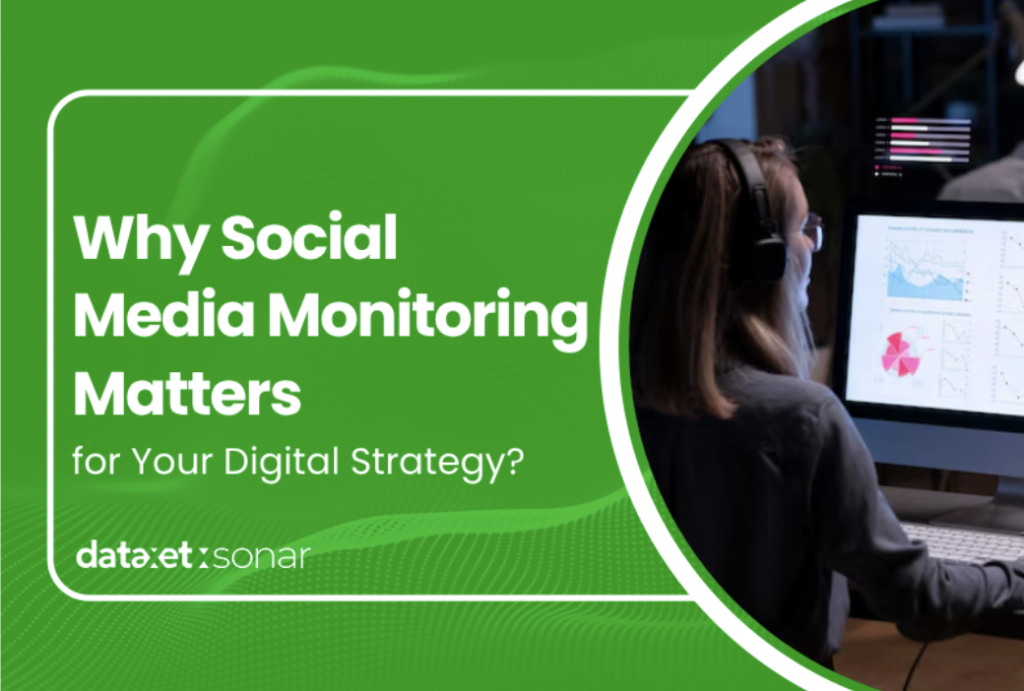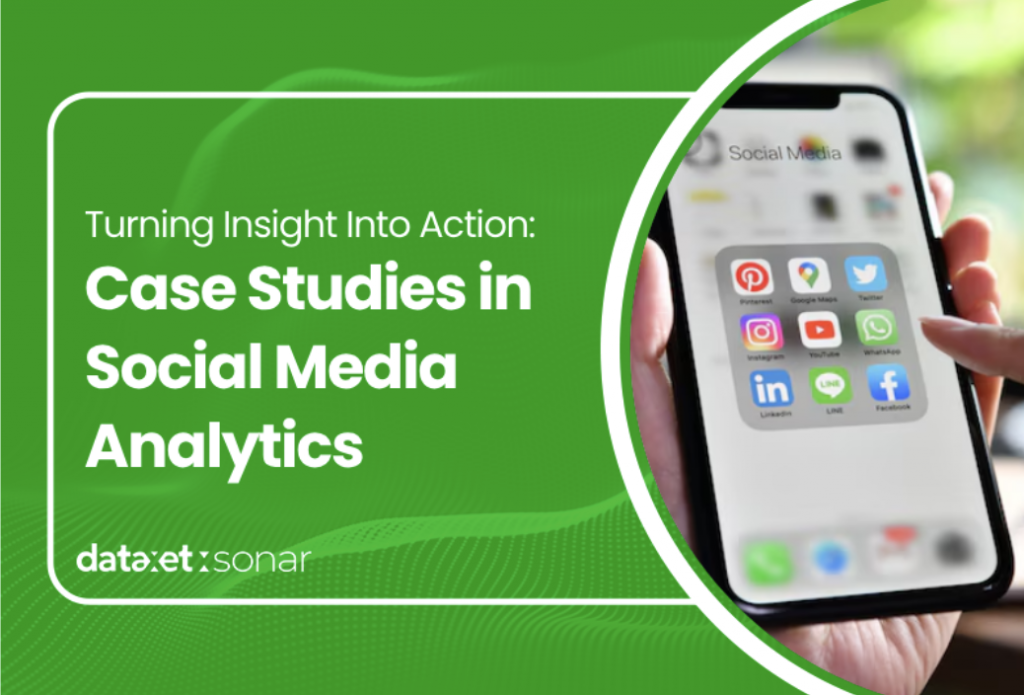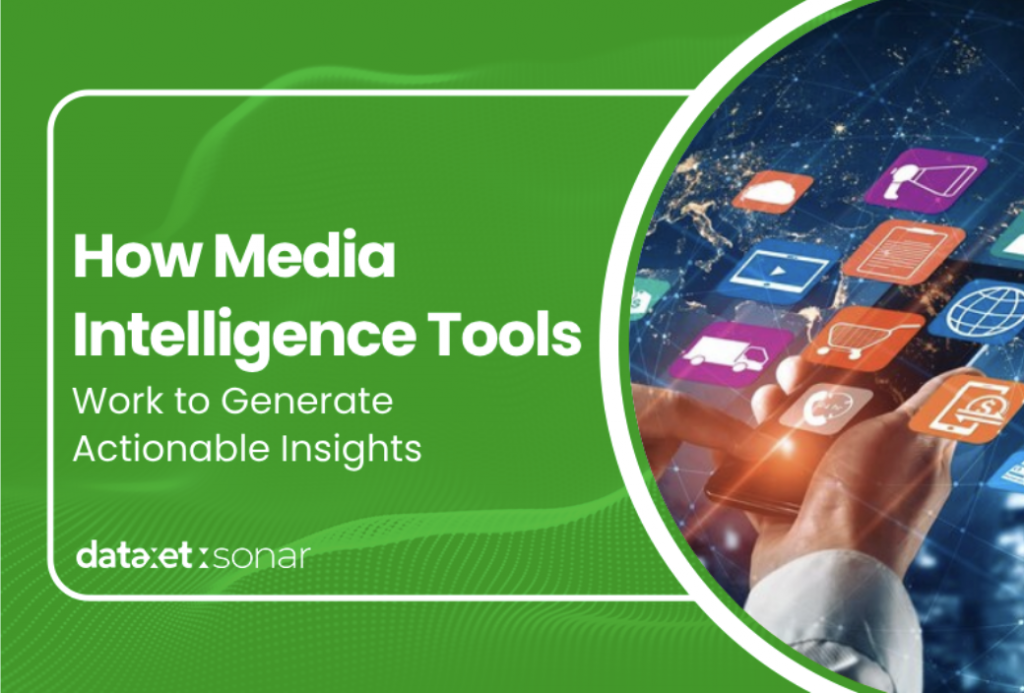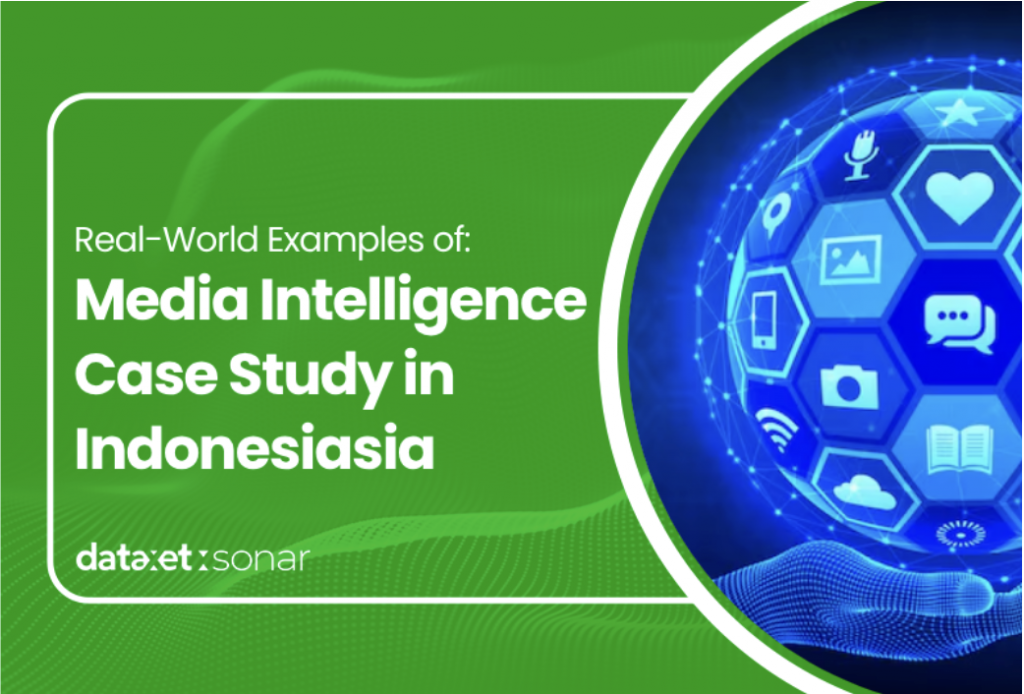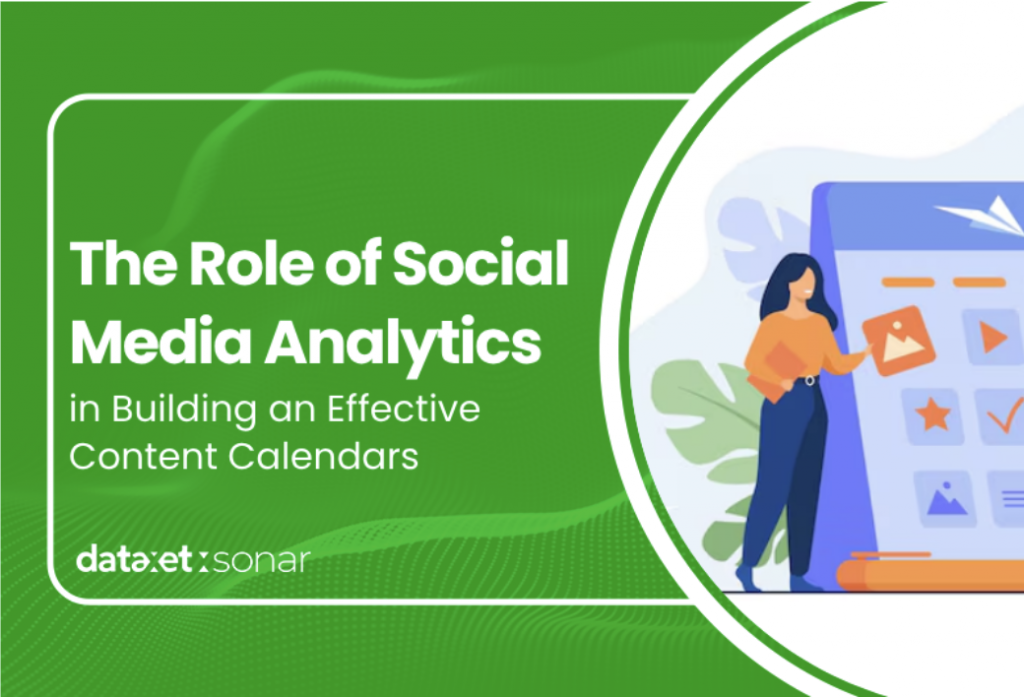Social media has grown rapidly and become a highly effective marketing force for businesses around the world. Not only as a place to share personal stories, but also as a channel for direct interaction between brands and their audiences. To turn a social media strategy into a real business force, companies need to understand how to manage, monitor and respond to audience interactions in real-time.
With the right tools, companies can track conversations about their products or services and gain invaluable insights. One of the best ways to do this is by using digital media monitoring, which allows companies to get a comprehensive picture of what their audience is saying and how they interact with the brand.
1. The Evolution of Digital Marketing and the Importance of Understanding Audiences in Real-time:
Digital marketing has undergone many changes since it was first used in the early 2000s. With the development of technology and platforms, the way companies communicate with audiences has also changed. In the context of modern digital marketing, understanding how audiences interact with brands is crucial.
- Early Era (1990s) and Banner Ads:
Digital marketing was simple in the beginning, with static websites and banner ads being the main ways for companies to communicate with audiences. During this time, digital media monitoring was not widely used as the ability to monitor real-time interactions was limited.
- SEO and Social Media (2000s):
In the 2000s, social media platforms like Facebook and Twitter began to change the way people interacted with brands. Companies now had a direct channel to talk to their audience, as well as the opportunity to respond to feedback faster. As these platforms grew, digital media monitoring tools began to be widely used to track conversations about brands or products.
- Mobile Marketing And Visuall Content (2010s):
With the increasing use of smartphones, digital marketing is shifting to a mobile-first approach. The use of visual and video content is rapidly increasing on social media, and companies are starting to rely more on tools to monitor audience response to the content they share. This is where digital media monitoring becomes increasingly important, allowing marketers to tailor content to existing trends.
- Big Data And AI (2020s):
Entering the 2020s, with the rise of technologies such as big data and artificial intelligence (AI), marketers can now collect more data and analyze it to make better decisions. Digital media monitoring plays a big role in this, allowing companies to monitor audience activity across multiple platforms and gain deeper insights into sentiment.
2. Turning Social Media Strategy into Business Power with Digital Media Monitoring:
To turn a social media strategy into a tool that supports business growth, it is important for companies to understand how their audience interacts in the digital world. One of the best ways to do this is by using digital media monitoring to track conversations about your brand.
- Capturing Sentiment and Customizing Content:
By monitoring the audience’s response to your content, companies can quickly adjust their approach to grab the attention of more people. With monitoring tools, you can analyze consumer sentiment and find out the type of content that appeals to them the most.
- Filter Trends and Respond Faster:
Digital media monitoring helps you recognize emerging trends in the digital world. It provides an opportunity to create relevant marketing campaigns and increase audience engagement. For example, if there is a big conversation about a particular product or industry trend, you can respond immediately and get involved in the conversation.
- Strengthening Engagement and Increasing Conversions:
With insights gained from social media monitoring, companies can create more personalized and engaging experiences for audiences. Relevant and personalized content can increase engagement rates and ultimately drive higher conversions.
3. Data-Driven Marketing: Building a More Personalized Strategy:
With more data available, businesses can now create more personalized experiences for their audiences. Digital media monitoring allows companies to collect valuable data about their audience and analyze it to tailor marketing campaigns more precisely.
- Data-driven Personalization:
Through data obtained from digital media monitoring, companies can better understand audience preferences and serve more relevant content. This helps create a stronger connection between brands and customers, which in turn increases loyalty and sales.
- Improving Campaign Success:
By using data from various analytics and digital media monitoring tools, you can evaluate campaign performance more accurately. This way, you can identify which parts of the campaign are working and which need improvement.
4. Technology Advantage in Future Marketing:
Technology is constantly evolving, and so is the way we interact with our audiences through digital marketing. Technologies such as 5G, AI, and virtual reality (VR) will increasingly influence the way businesses communicate with their audiences.
- More Interactive Marketing:
Marketing based on interactive experiences, such as VR or voice-based marketing, will grow in popularity. As technology develops, marketing will increasingly focus on deeper personalization. Digital media monitoring will be increasingly important to identify and respond to audience needs in a more efficient way
- The Future of Social Media and AI:
AI-based marketing that is able to understand audiences better and tailor messages to their needs will become the new norm. Through digital media monitoring, companies can gain deeper insights into audience behavior, allowing them to adapt more quickly to market changes.
Conclusion:
Leveraging social media as a business force requires a deep understanding of your audience and their response to the content you share. By using the right monitoring tools, including digital media monitoring, businesses can gain valuable insights that help create more effective, responsive and relevant marketing strategies. Through the use of data and evolving technology, companies can ensure that they stay ahead of the ever-increasing digital competition. By utilizing social media monitoring, businesses can devise more personalized and engaging strategies, strengthen relationships with audiences, and ultimately, drive greater business success.

